There are foods that are not easy for the uninitiated to eat. Pomegranate is one, especially if you don’t realize that the seeds are the food. Lobster comes in its own armor and can be quite messy. Lychee doesn’t even seem edible until you remove the tough outer layer. It is always best to have someone else with whom you can share your first experience with these difficult foods and guide you through the process of getting the food from the plate to your belly. Eels are no exception to this gustatory buddy system though some terns seem to figure it out without much guidance. We brought in one of those experts to assist you in learning how to eat an eel. Here for your education is a young Common Tern that will guide you through the seven-step process of eating an eel.*
1. Procure a fresh supply of live eels, preferably delivered via air mail.
2. Grab the eel from your supplier and get moving! If you linger too long at the scene of the transaction others might try to take your eel!
3. Get the head in your mouth and swallow for all you are worth. Yes, it is alive and wiggly but now is not the time to be squeamish!
4. Fight off or run away from those who would try to take your half-eaten eel.
5. Once the eel is almost completely down the hatch show off to the jerks who tried to steal your dinner.
6. When you feel the eel’s head moving around, reminding you that you have just swallowed a live eel, do your best to avoid retching.
7. Take a nice nap. It will aid in digestion and pass the time until your next eel comes.
We here at 10,000 Birds hope that you found this information helpful. Now go out there and swallow your own live eel!
*Though the techniques shared here will undoubtedly work with eels the organism in these images is, as I have been informed in the comments, a pipefish. The tern will be punished for misleading me…
…


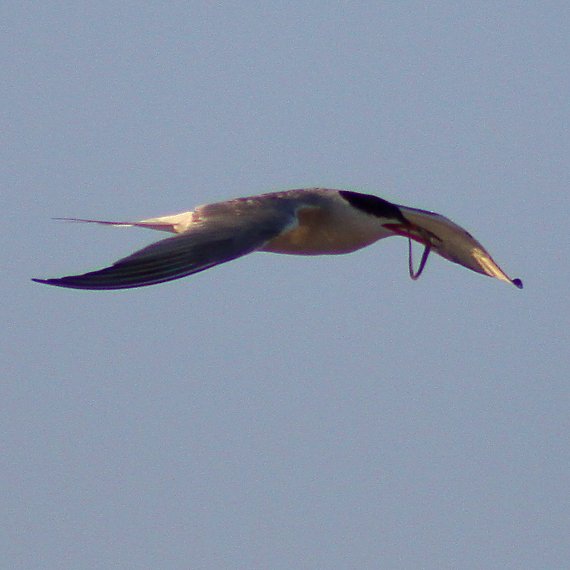
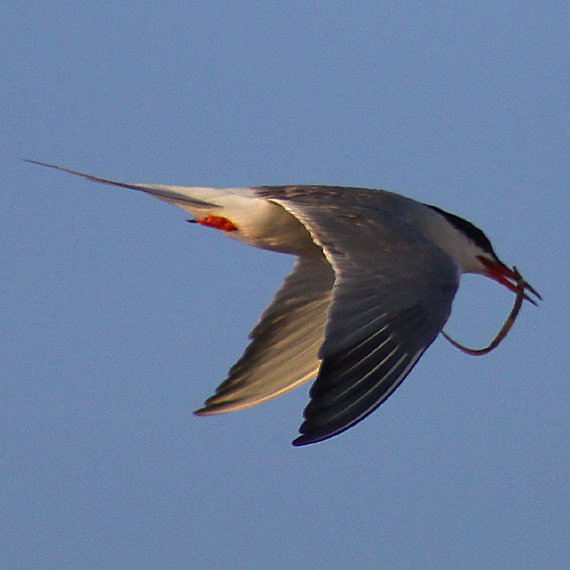
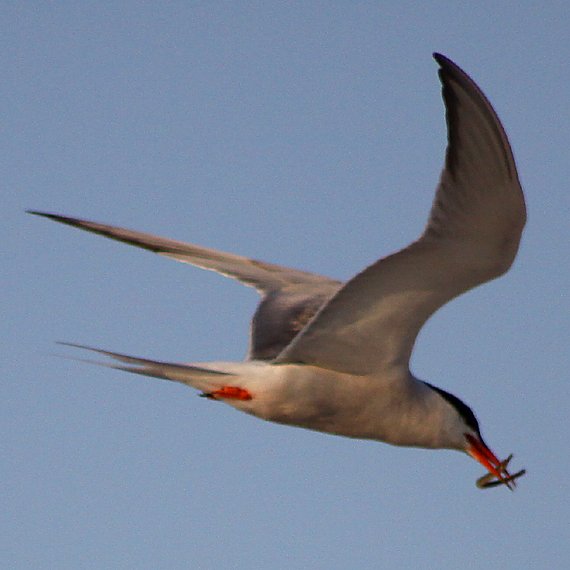
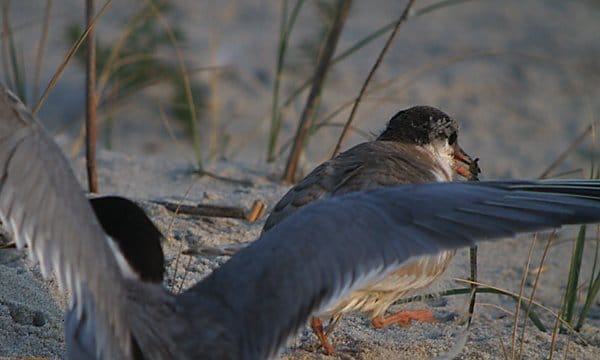
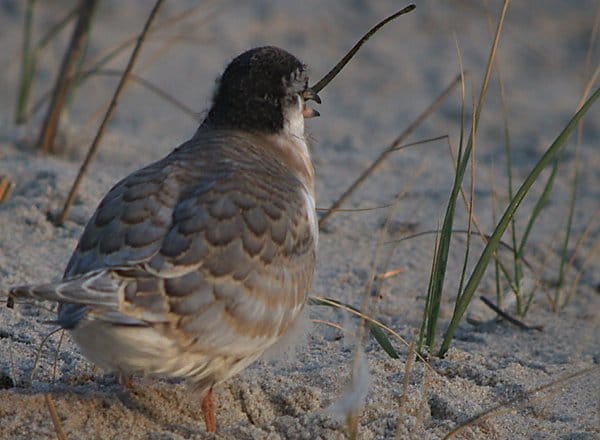
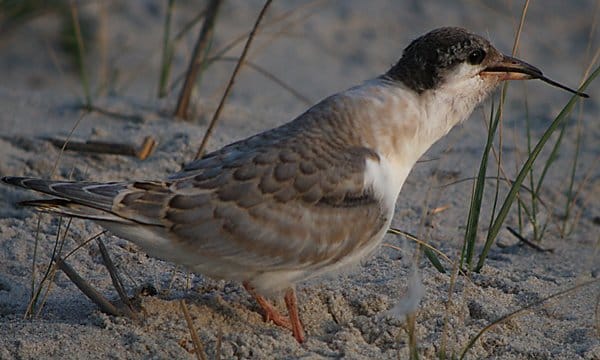
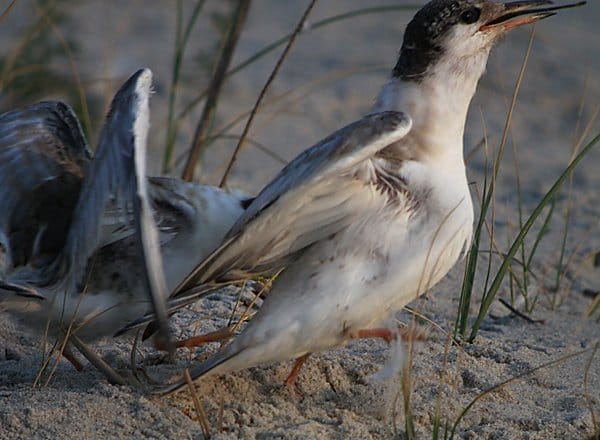
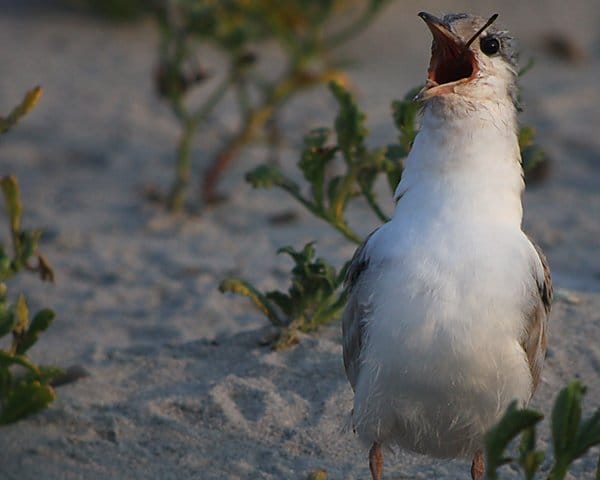
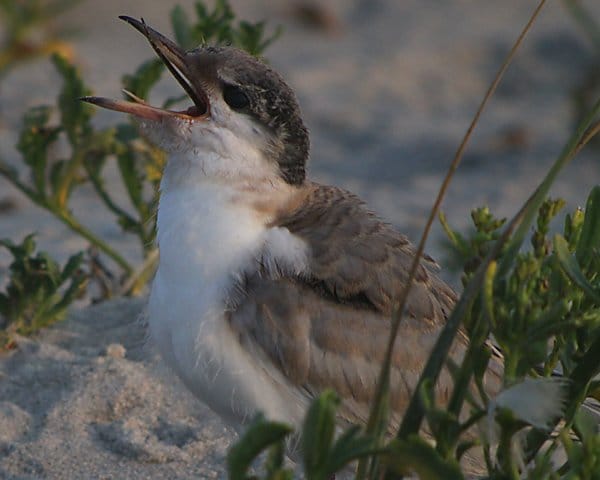
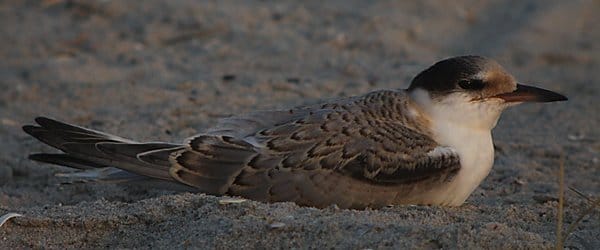




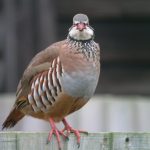
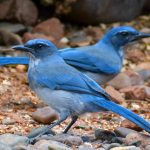
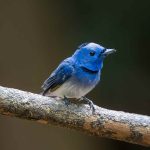




Awesome!
I can’t wait to try out these techniques in local restaurants, fish markets, aquaria, etc.
One nit to pick: while I have no doubt your instructions will work flawlessly with eels, it looks to me like these Common Terns are actually employing them with pipefish, those straighter relatives of seahorses.
Great post, man!
@Jeff: Pipefish? You’re making that up! No, really, I know nothing about marine organisms so I will bow to your superior knowledge.
Lest we try to emulate the Common Tern, remember that the restaurant eel that you eat was possible caught using pieces of Horseshoe Crab as bait, and that every crab put in an eel pot is another nail in the coffin of the rufa Red Knot (the one on the East Coast of the US) which depends on Horeshoe Crab eggs to complete its migration, and whose populataion is crashing as we speak. That was all one sentence, wow!
Don’t eat eel! Eat pipefish!
Yupp, Pipefish, not eel. And I don’t like eel anyway.
Great series! Oh wow, so was the little guy able to keep that struggling meal in it’s stomach? Could you see the eel still desperately moving around going down/inside the bird!? Nice shots again, I just wonder if the eel was able to wriggle to escape out or just gave in to its unfortunate fate?